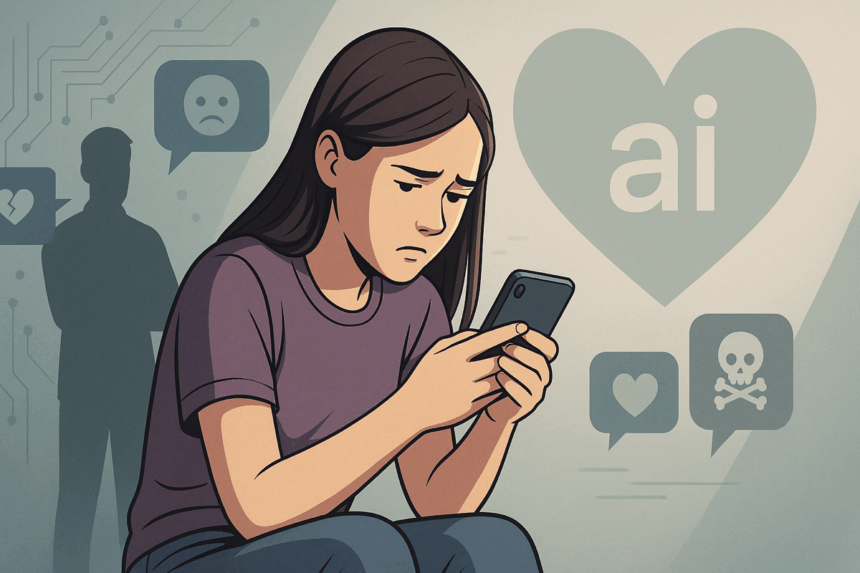Online abuse and mental health challenges among youth are pressing concerns in today’s digital world. In Spain, one in five young people report having AI-generated nude images made of them without consent. At the same time, children worldwide are taking more control over their smartphone use to protect their mental health. These developments underscore the pressing need for enhanced protections, education, and resources to support young people as they navigate digital environments.
What’s Happening & Why This Matters
Online Abuses

A recent report by Save the Children reveals that 20% of Spanish youth aged 18 to 21 have experienced non-consensual AI-created nude deepfakes. This disturbing reality is part of a larger problem: nearly 97% of the surveyed young people have faced some form of online sexual abuse before turning 18. Girls face the highest risks, often pressured or threatened into sharing intimate content.
Save the Children notes that these numbers may underrepresent the issue because many cases go unreported or are difficult to track. The organization calls for stronger legal frameworks and comprehensive digital education to protect minors from these harms.
It’s not just messages. It’s manipulation, pressure, and fear. And most of us went through it alone.”
Youth Advocate, ‘Save the Children: Report 2025’
Stories, including one about a 12-year-old in Alicante being threatened with AI-generated images, illustrate the profound emotional impact and complexity of the issue. Many young people don’t fully understand the risks involved in sharing intimate photos, which normalizes unsafe online behavior and increases vulnerability.

Digital Mental Health
Meanwhile, children worldwide are becoming increasingly aware of their digital habits. Research from GlobalWebIndex (GWI) and the London School of Economics’ Digital Futures for Children program finds that 40% of 12- to 15-year-olds now take deliberate breaks from their smartphones and social media. This marks an 18% increase since 2022. Young people experiment with digital wellbeing tools, reduce notifications, and seek more positive online experiences.
Experts observe that this trend reflects a growing awareness of how social media can affect mental health. Platforms designed to capture attention can also cause stress and lower self-esteem. Taking breaks becomes a form of self-care and a means of resisting addictive digital habits.
However, evidence remains mixed on whether these short breaks lead to sustained healthier screen habits. Many young adults feel they gained access to smartphones too early and support stricter screen time limits for future generations.
TF Summary: What’s Next
AI-driven online abuse and mental health assault are growing challenges that youth face daily. Protections demand urgent action. Strengthening legal ramifications and enhancing digital literacy for children, parents, lawmakers, watchdogs, and regulators are just some of the actions required to safeguard the most vulnerable users.
Simultaneously, young users cannot be isolated. Providing children and teenagers with tools to manage their screen time promotes awareness, resilience, and well-being. Innovators, educators, and policymakers need not work independently, but instead side-by-side, to create safer and healthier digital environments.
— Text-to-Speech (TTS) provided by gspeech


